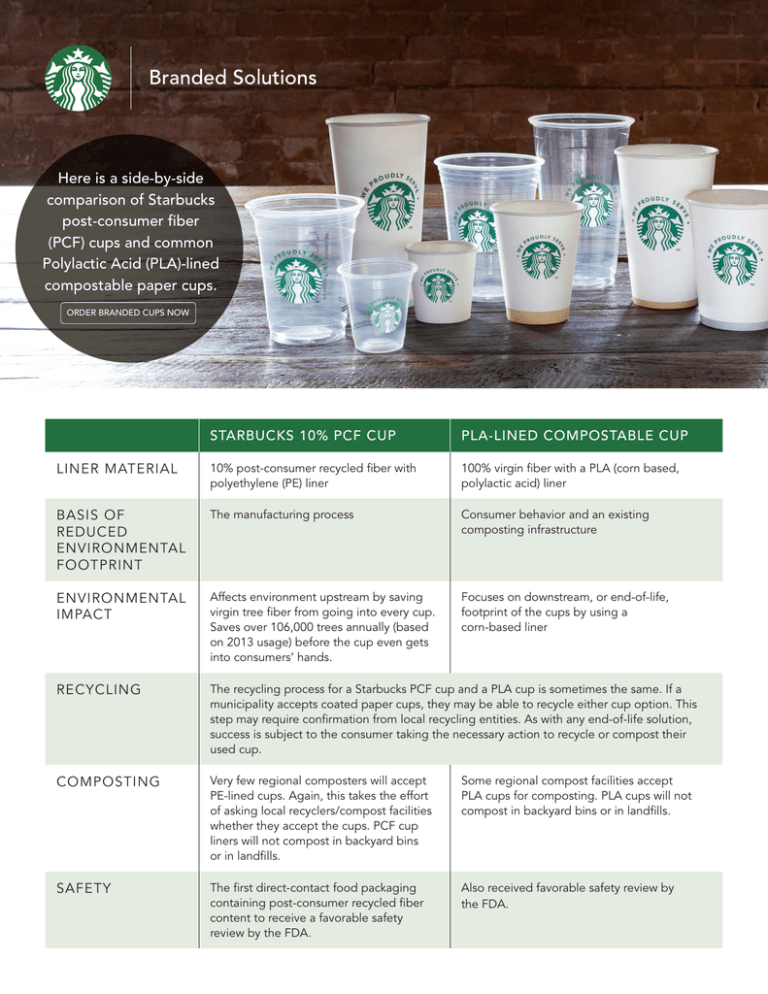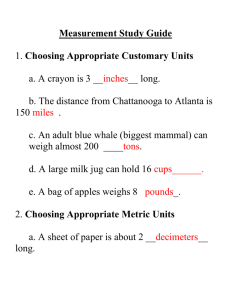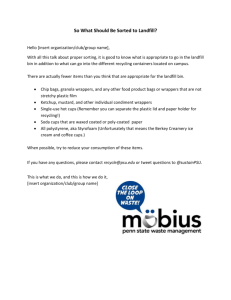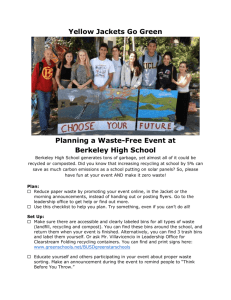
Here is a side-by-side
comparison of Starbucks
post-consumer fiber
(PCF) cups and common
Polylactic Acid (PLA)-lined
compostable paper cups.
ORDER BRANDED CUPS NOW
STARBUCKS 10% PCF CUP
PLA-LINED COMPOSTABLE CUP
LINER MATERIAL
10% post-consumer recycled fiber with
polyethylene (PE) liner
100% virgin fiber with a PLA (corn based,
polylactic acid) liner
BASIS OF
REDUCED
ENVIRONMENTAL
FOOTPRINT
The manufacturing process
Consumer behavior and an existing
composting infrastructure
ENVIRONMENTAL
IMPACT
Affects environment upstream by saving
virgin tree fiber from going into every cup.
Saves over 106,000 trees annually (based
on 2013 usage) before the cup even gets
into consumers’ hands.
Focuses on downstream, or end-of-life,
footprint of the cups by using a
corn-based liner
RECYCLING
The recycling process for a Starbucks PCF cup and a PLA cup is sometimes the same. If a
municipality accepts coated paper cups, they may be able to recycle either cup option. This
step may require confirmation from local recycling entities. As with any end-of-life solution,
success is subject to the consumer taking the necessary action to recycle or compost their
used cup.
COMPOSTING
Very few regional composters will accept
PE-lined cups. Again, this takes the effort
of asking local recyclers/compost facilities
whether they accept the cups. PCF cup
liners will not compost in backyard bins
or in landfills.
Some regional compost facilities accept
PLA cups for composting. PLA cups will not
compost in backyard bins or in landfills.
SAFETY
The first direct-contact food packaging
containing post-consumer recycled fiber
content to receive a favorable safety
review by the FDA.
Also received favorable safety review by
the FDA.
FAQ
What is the
difference between
PLA and PCF cups?
PLA (Polylactic acid) cups are lined with compostable plastic PLA, which is derived from corn.
Consumers can dispose of these cups in the compost bin. These cups are only compostable in a
commercial composting operation. Consult your compost service provider.
PCF cups are lined with polyethylene, a common plastic made from petrochemical feedstocks.
Consumers may be able to recycle if PE coated cups are accepted locally—check with your
recycling provider. Starbucks has offered the PCF cup, which contains 10% post-consumer fiber,
since 2006 after developing and leading the industry to approve using recycled fiber
for food packaging.
Why aren’t Starbucks
retail stores offering
Compostable/PLA
Cups?
Given the majority of our customers dispose of their cups outside of our stores, we believe
the greatest impact we can have is by offering a recyclable solution as well as encouraging
our customers to use personal tumblers and “for here” serve-ware in our stores.
How are we doing
against our goal of
100% implementation
of front-of-house
recycling in our
stores by 2015?
Although most of our customers take their beverages to go, providing front-of-store recycling is an
important part of our effort to develop comprehensive recycling solutions. As of fiscal year 2013,
we have implemented Front of House (FOH) recycling in 39% of US company operated stores, an
increase of 67% over fiscal 2012.
Are all our PCF cups
recyclable?
Our customers’ ability to recycle our cups (or cups from any coffee shop), whether in their home
curbside recycling, at work, in public spaces or in our stores, is dependent on multiple factors,
including local government policies and access to recycling markets, such as paper mills and plastic
processors. Check with your recycling service provider on whether the PCF cups are accepted.
We have proven that our used cups can be accepted as a valuable raw material in a variety of
recycling systems. We are working as a member of the Foodservice Packaging Institute’s Paper
Recovery Alliance and the Plastics Recovery Group* to bring solutions to scale and address
common challenges.
By working with non-governmental organizations, policy makers, competitors, our industry
associations and others, we can tackle common challenges. We are helping advance a number of
meaningful food packaging initiatives that will have a significant impact on the entire industry, such
as analysis of the way our packaging “flows” through recycling facilities and where it eventually
ends up, along with an assessment of the causes of current gaps in recycling services for our
products in neighborhoods around the U.S. and Canada.
Are Starbucks
sleeves recyclable?
How come we’re
not offering a
compostable sleeve?
Starbucks uses EarthSleeve™ which is widely recyclable wherever cardboard is accepted and
also is compostable in most commercial composting operations. In 2012 we introduced the
EarthSleeve™ to Starbucks locations across the United States and Canada. This hot-cup sleeve
requires fewer raw materials to make, while increasing the amount of post-consumer content.
These adjustments correlate to a savings of nearly 100,000 trees a year and we are working to
roll out EarthSleeve™ globally.
© 2014 Starbucks Coffee Company. All rights reserved. 10/14
*http://www.fpi.org/Stewardship




